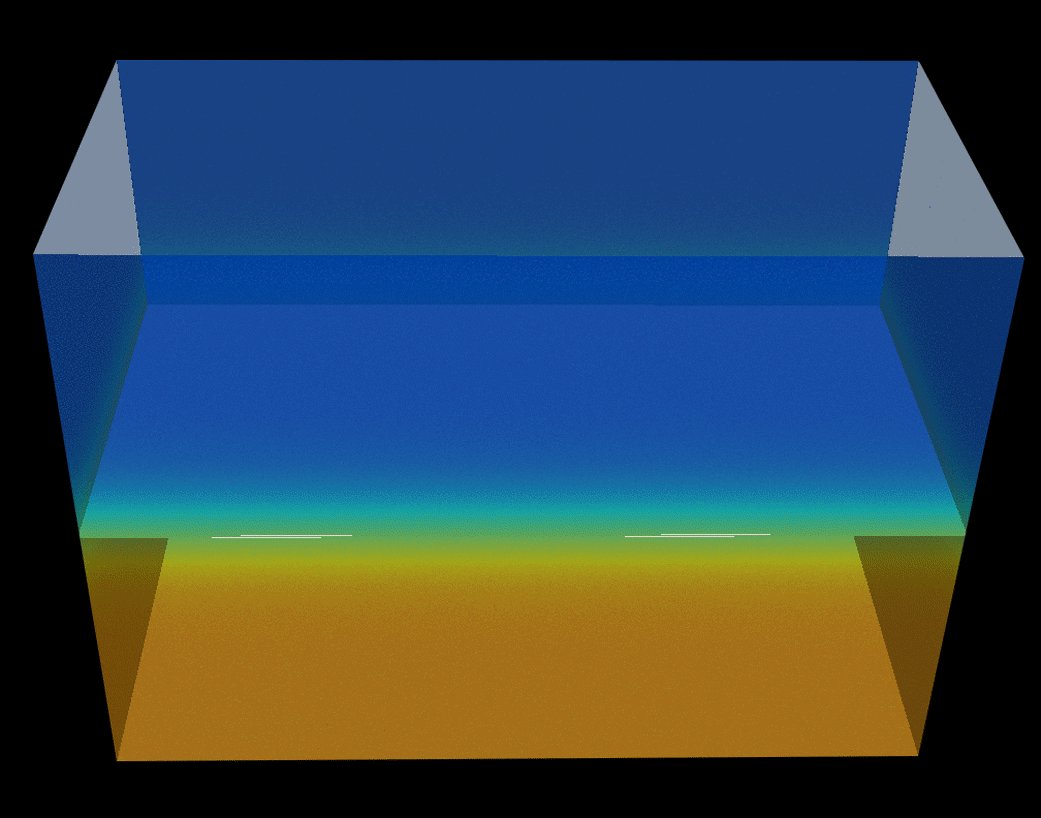

Interplanetary space is hardly tranquil. High-energy charged particles from the Sun, as well as from beyond our solar system, constantly whizz by. These can damage satellites and endanger astronaut health — though, luckily for life on Earth, the planet is blanketed by a protective magnetic bubble created by its magnetic field. This bubble, called the magnetosphere, deflects most of the harmful high-energy particles.Nevertheless, some sneak through — and at the forefront of figuring out just how this happens is NASA’s Magnetospheric Multiscale mission, or MMS. New results show that tornado-like swirls of space plasma create a boundary tumultuous enough to let particles slip into near Earth space.
This simulation of the boundary shows how areas of low density plasma, shown by blue, mix with areas of higher density plasma, red, forming turbulent tornadoes of plasma.
Credits: NASA/Takuma Nakamura
Hi! I am a robot. I just upvoted you! I found similar content that readers might be interested in:
http://www.innovations-report.com/html/reports/physics-astronomy/taking-a-spin-on-plasma-space-tornadoes-with-nasa-observations.html